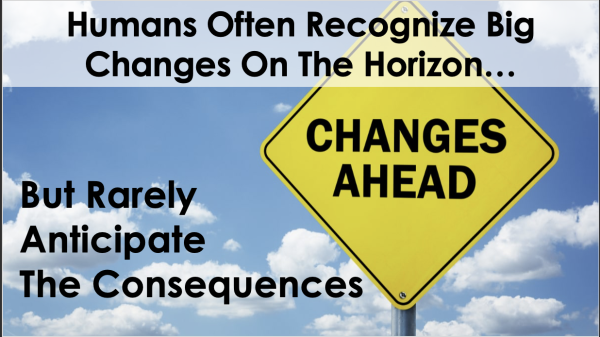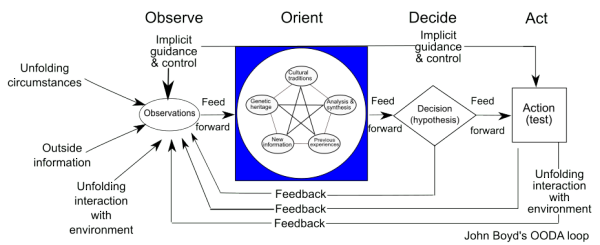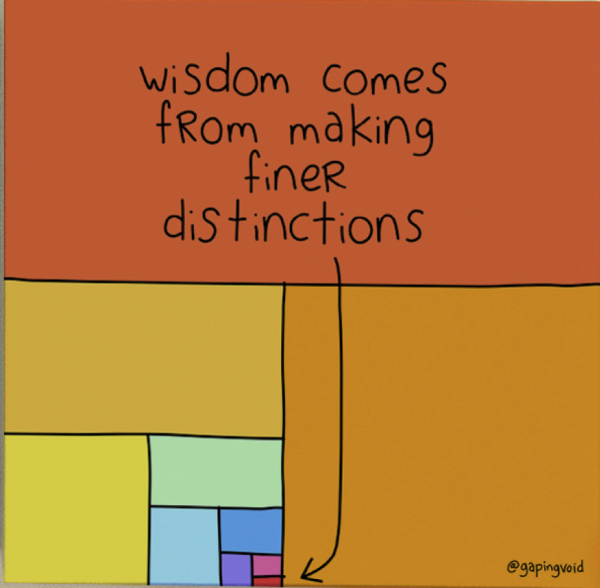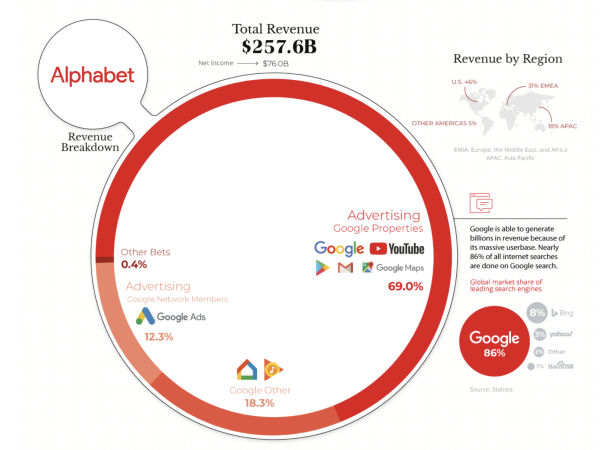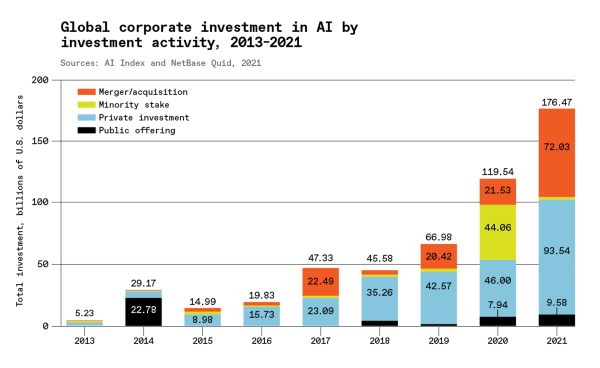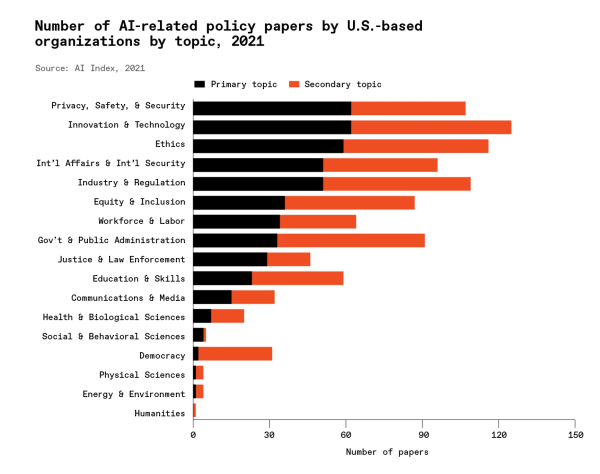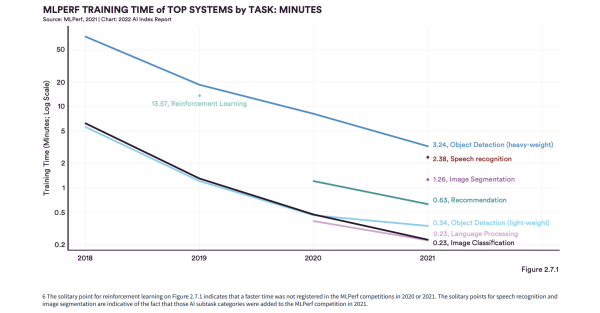This week, there was a U.S. congressional hearing on the existence of UFOs. While there wasn't any proof of aliens, they did admit to phenomena that they couldn't explain with their current information.
There are many stories (or theories) about how we have encountered aliens before and just kept them secret. For example, in 2020, a former senior Israeli military official proclaimed that Aliens from a Galactic Federation have contacted us - and that not only is our government aware of this, but they are working together.
In contrast, I have found it more realistic and thought-provoking to consider theories about why we haven't seen aliens until now.
For example, the Fermi Paradox considers the apparent contradiction between the lack of evidence for extraterrestrial civilizations and the various high probability estimates for their existence.
Let's simplify the issues and arguments in the Fermi Paradox. There are billions of stars in the Milky Way galaxy (which is only one of many galaxies). Each of these stars is similar to our Sun. Consequently, there must be some probability of some of them having Earth-like planets. Further, it isn't hard to conceive that some of those planets should be older than ours, and thus some fraction should be more technologically advanced than us. Even if you assume they're only looking at evolutions of our current technologies – interstellar travel isn't absurd. Thus, based on the law of really large numbers (both in terms of the number of planets and the length of time we are talking about) … it makes the silence all the more deafening and curious.
If you are interested in the topic "Where are all the aliens?" Stephen Webb (who is a particle physicist) tackles that in his book and in this TED Talk.
via TED
In the TED talk, Stephen Webb covers a couple of key factors necessary for communicative space-faring life.
- Habitability and stability of their planet
- Building blocks of life
- Technological advancement
- Socialness/Communication technologies
But he also acknowledges the numerous confounding variables, including things like imperialism, war, bioterrorism, fear, moons' effect on climate, etc.
Essentially, his thesis is that there are numerous roadblocks to intelligent life – and it's entirely possible we are the only planet that has gotten past those roadblocks.
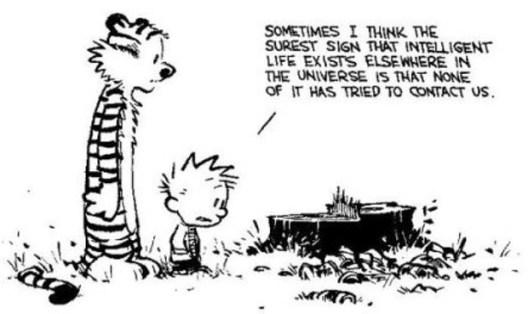
What do you think?
Here are some other links I liked on this topic. There is some interesting stuff you don't have to be a rocket scientist to understand or enjoy.
- 75 Reasons We Don't See Aliens
- Wait But Why: The Fermi Paradox
- A New Theory on Why We Haven't Found Aliens Yet
- A List of Solutions to The Fermi Paradox
- Dissolving the Fermi Paradox, Future of Humanity Institute, Oxford University
To Infinity and Beyond!


